Apple just announced the iPhone 7.
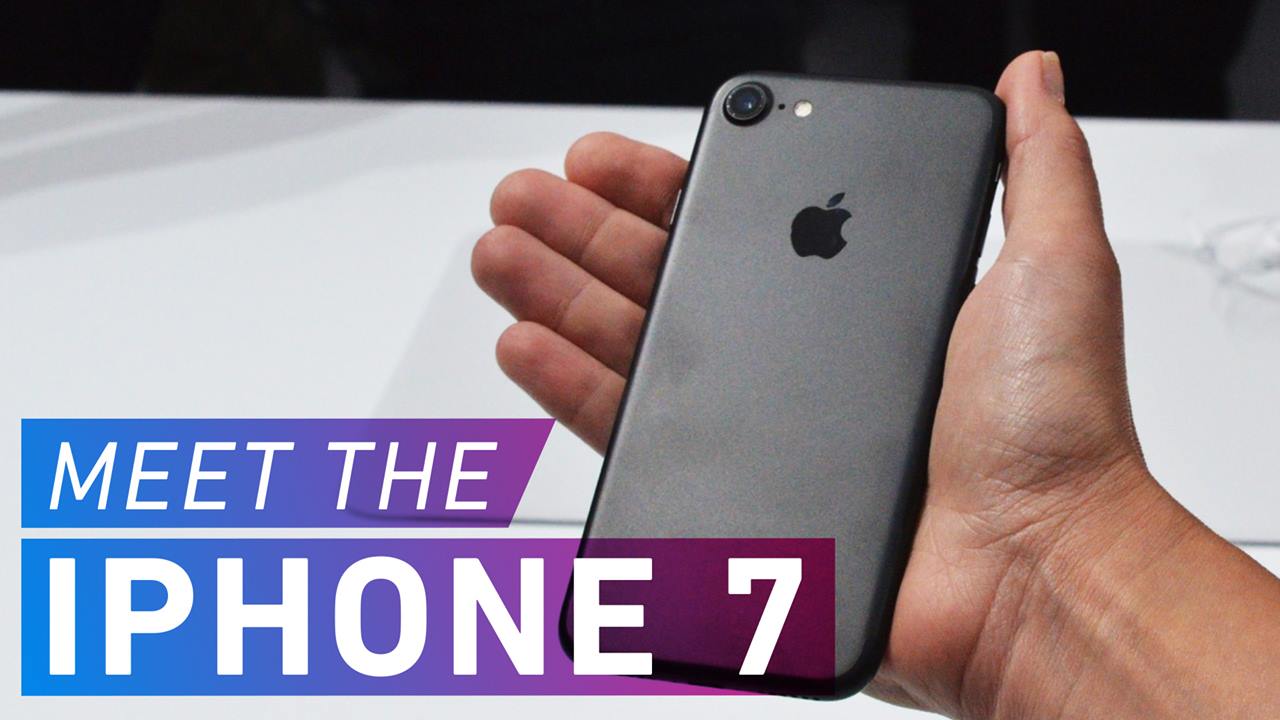

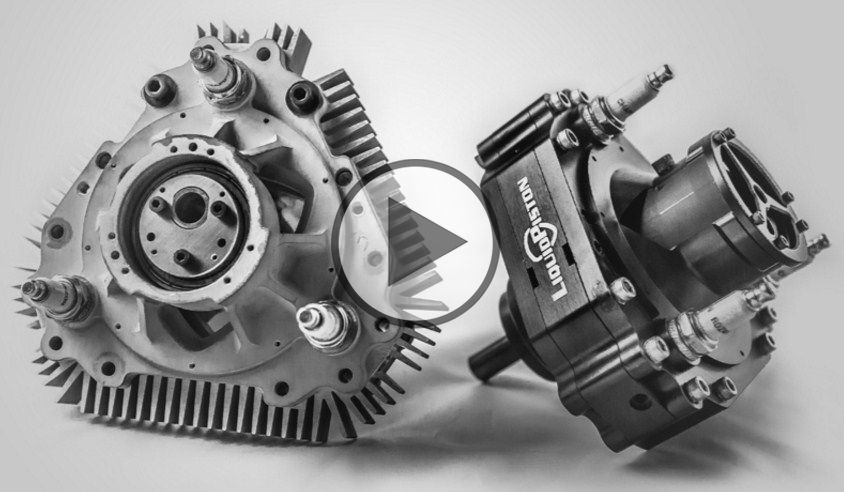
A LiquidPiston X engine.
DARPA made this dream a reality, as they have succeeded in manufacturing an engine of just 1.8 kilograms with dimensions of a 5-inch smartphone, but the most attractive of all is the fact that you do not need pistons or oil for operation.
The creators of this engine Nikolai Shkolnik, a Russian mechanical engineer, and his son Alexander Shkolnik, a computer engineer, promised a 50% thermal efficiency.
Check it out!
This one makes me to want to dig more into the reason especially since just last week Russia announced its distrust of Chinese tech being used to hack into Russia’s governmental systems, etc. And, one thing about Russia and China is their protection and involvement in commerce and financials.
New trade routes are expanding between Russia and China. That’s according to Russia’s Far East Development Fund, which said an agreement has been made with Chinese technology company LeEco to develop an eCommerce platform focused on increasing food exportation to China.
LeLive, the name of the new platform, will broaden and increase sales of Russian agricultural items and products in the Chinese market. Facilitated by LeEco’s online platform — called “Le Ecosystem,” which has a monthly connection with more than 800 million users — the goal of the platform is to meet Chinese customers’ needs. Russian goods that will be available through the platform range from basics, like flour, butter and honey, to assorted beverages, sweets, canned meats and nuts.
China’s LeEco originally began as a digital content provider and recently acquired Vizio. Some have nicknamed LeEco the “Netflix of China.” Over time, LeEco expanded further into digital offerings, from music streaming, to mobile phones, to cloud storage, to film distribution.
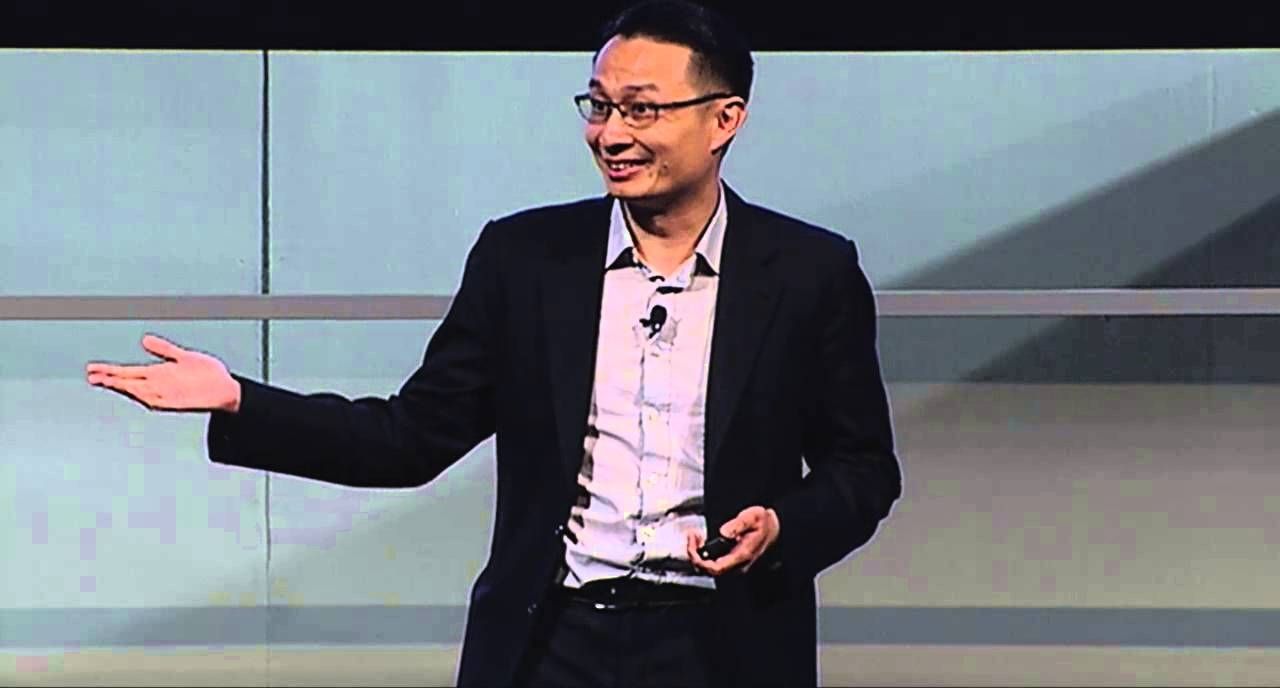
Using tech to stop terrorists dirty bombs.
DARPA’s SIGMA program undergoes real-world testing with state, federal and international partners to defend against radiological threats.
A DARPA program aimed at preventing attacks involving radiological “dirty bombs” and other nuclear threats has successfully developed and demonstrated a network of smartphone-sized mobile devices that can detect the tiniest traces of radioactive materials. Combined with larger detectors along major roadways, bridges, other fixed infrastructure, and in vehicles, the new networked devices promise significantly enhanced awareness of radiation sources and greater advance warning of possible threats.
The demonstration of efficacy earlier this year was part of DARPA’s SIGMA program, launched in 2014 with the goal of creating a cost-effective, continuous radiation-monitoring network able to cover a large city or region. Although radiation detectors have in recent years been installed in a number of key locations in the United States and around the world, the SIGMA program has sought to increase capabilities while lowering their costs, in order to network an unprecedented number of advanced detectors and provide a comprehensive, dynamic, and automated overview of the radiological environment.

A future of soft robots that wash your dishes or smart T-shirts that power your cell phone may depend on the development of stretchy power sources. But traditional batteries are thick and rigid—not ideal properties for materials that would be used in tiny malleable devices. In a step toward wearable electronics, a team of researchers has produced a stretchy micro-supercapacitor using ribbons of graphene.
The researchers will present their work today at the 252nd National Meeting & Exposition of the American Chemical Society (ACS).
“Most power sources, such as phone batteries, are not stretchable. They are very rigid,” says Xiaodong Chen, Ph.D. “My team has made stretchable electrodes, and we have integrated them into a supercapacitor, which is an energy storage device that powers electronic gadgets.”
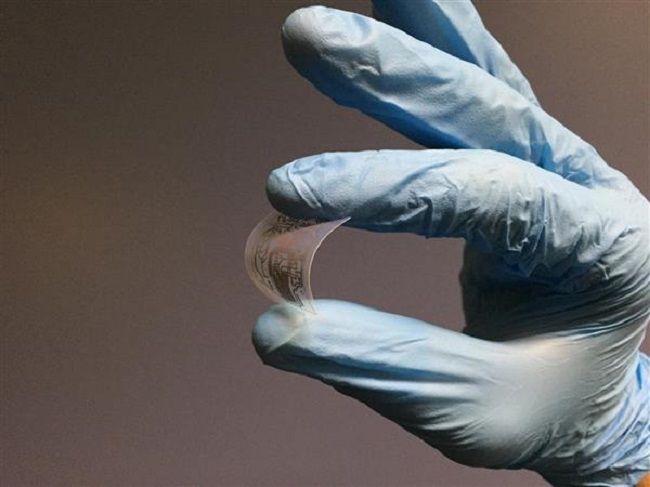
Nice.
Shopping trends change from time to time while consumers continue to search for more affordable products with better functionality and specs. Researchers and developers around the world continue to improve company products while lessening the cost of producing these materials.
Gadgets like smartphones, LED lights, tablets and solar cells are already part of the mainstream, and it is not going to change anytime soon. Companies that are involved in this industry must always keep a competitive edge against other manufacturers.
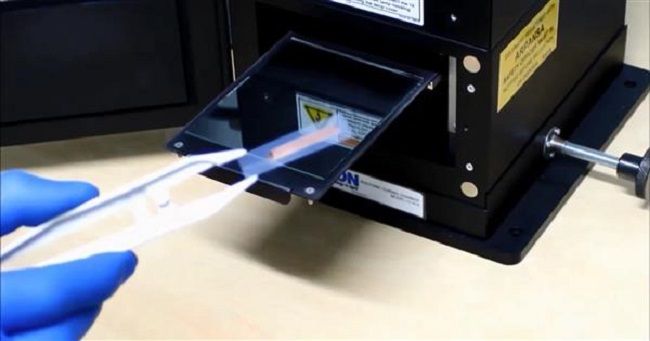

Researchers have developed a chemical sensing material consisting of a group of carbon nanotubes individually wrapped with supramolecular polymers that can be used with a mobile phone to detect toxins.
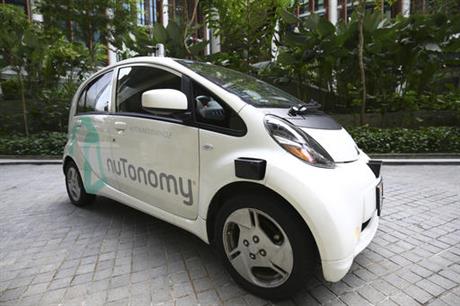
SINGAPORE (AP) — The world’s first self-driving taxis will be picking up passengers in Singapore starting Thursday.
Select members of the public will be able to hail a free ride through their smartphones in taxis operated by nuTonomy, an autonomous vehicle software startup. While multiple companies, including Google and Volvo, have been testing self-driving cars on public roads for several years, nuTonomy says it will be the first to offer rides to the public. It will beat ride-hailing service Uber, which plans to offer rides in autonomous cars in Pittsburgh, by a few weeks.
The service will start small — six cars now, growing to a dozen by the end of the year. The ultimate goal, say nuTonomy officials, is to have a fully self-driving taxi fleet in Singapore by 2018, which will help sharply cut the number of cars on Singapore’s congested roads. Eventually, the model could be adopted in cities around the world, nuTonomy says.

I’m super excited to share my first fiction since writing “The Transhumanist Wager” four years ago. Vice Motherboard has published this short story of mine on the challenge of AI becoming religious—and what that might mean for humanity. It’s a short read and the story takes place just a few years into the future. And yes, the happenings in this story could occur.
For the second installment of our series exploring the future of human augmentation, we bring you a story by the Transhumanist Party’s presidential candidate (and occasional Motherboard columnist), Zoltan Istvan. Though he’s spent most of the last year traveling the nation in a coffin-shaped bus, spreading the gospel of immortality and H+, he’s no stranger to fiction. His novel, The Transhumanist Wager, is about the impact of evolving beyond this mortal coil. This story is even bolder. Enjoy the always provocative, always entertaining, Zoltan Istvan. –the editor.

Paul Shuman’s phone rang. He struggled to open his eyes. ‘Who the hell is calling me in the middle of the night?’ he thought. He rolled out of bed and walked naked to his desk to see. His phone showed it was his secretary.
“What is it?” he sharply asked on speaker phone.

Nice.
Engineers at the University of Washington (UW) have devised a new method of wireless communication that converts Bluetooth transmission from mobile devices into Wi-Fi signals. Using this “interscatter” communications technology allows medical devices and implants with limited power sources to gain the ability to send data using low-power Wi-Fi signals to smartphones and smartwatches.
The UW team previously described the technique of “backscattering” ambient RF signals — repurposing existing RF signals in the environment — to enable device-to-device communication without the need for onboard power sources. Now, the team builds on that prior research to introduce “interscattering,” the inter-technology, over-the-air conversion of Bluetooth signals to create Wi-Fi transmissions.
The researchers wrote in a paper that novel medical devices, such as smart contact lenses and neural implants, currently have power constraints that limit their ability to generate Wi-Fi, Bluetooth, or ZigBee transmissions to communicate with smartphones, watches, and tablets. To overcome this, the researchers suggest an interscaterring communication system.